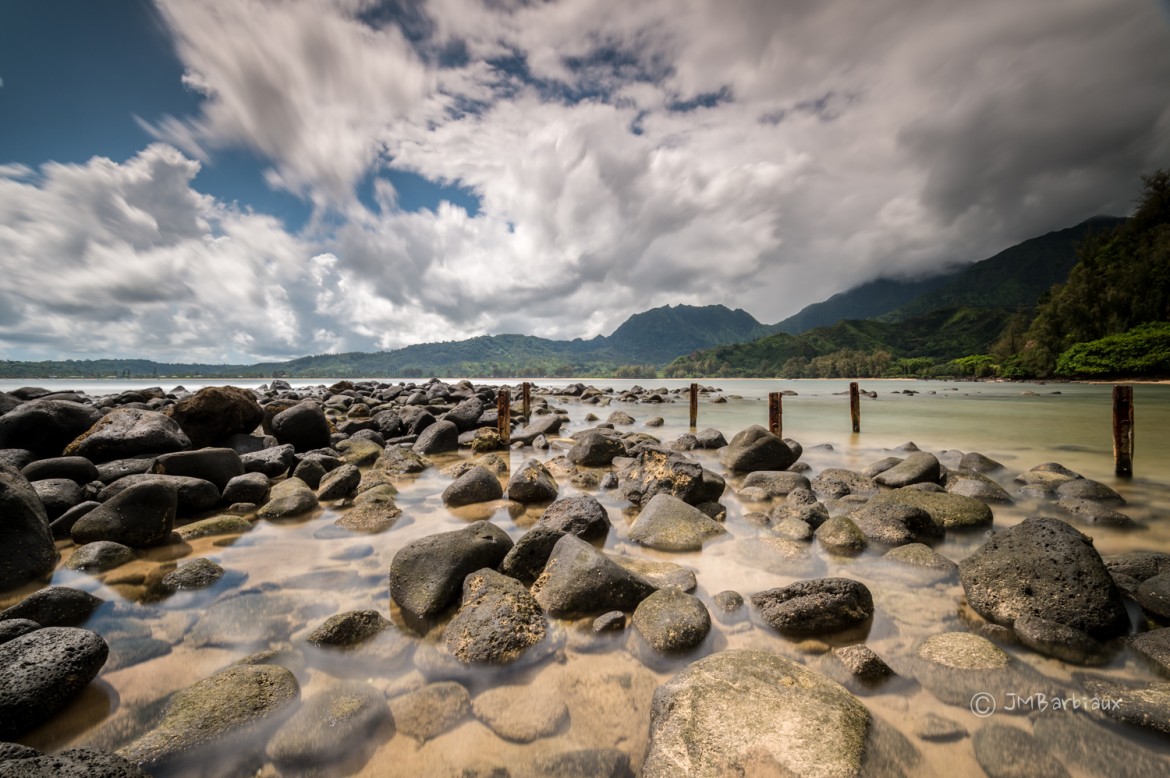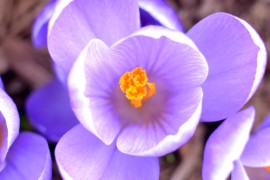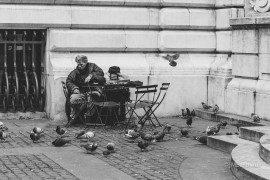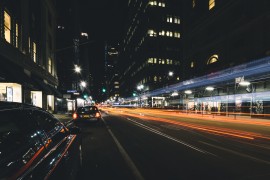It’s often said that your gear doesn’t matter… It does. When you use the right gear, with the right camera, in the right moment you can create great looking images without having to combine multiple exposures or any other fancy pixel modifying trickery.
The first image you see below was taken with a 6 stop neutral density filter. The second image used a 10 stop neutral density filter as well as a graduated neutral density filter. When you stack filters like that you’re able to increase the dynamic range of your images exponentially.
You’ll notice in the image without the graduated neutral density filter that the highlights in the sky are harsh (even after they’ve been reduced to zero).
The first image I took (out of about 7) was at a slightly different angle but you get the idea.
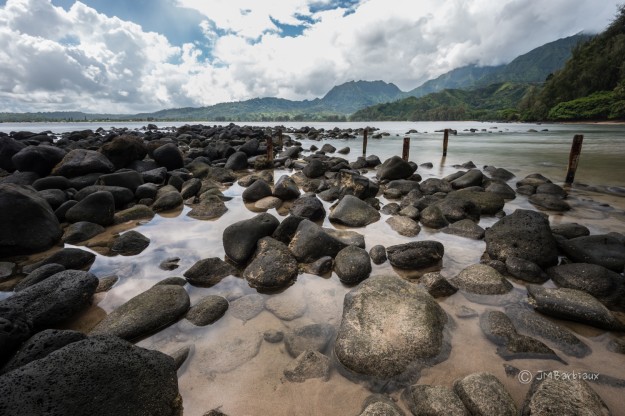
The graduated neutral density filter makes a huge difference by allowing the clouds to keep their definition and giving the photograph more perceived depth.
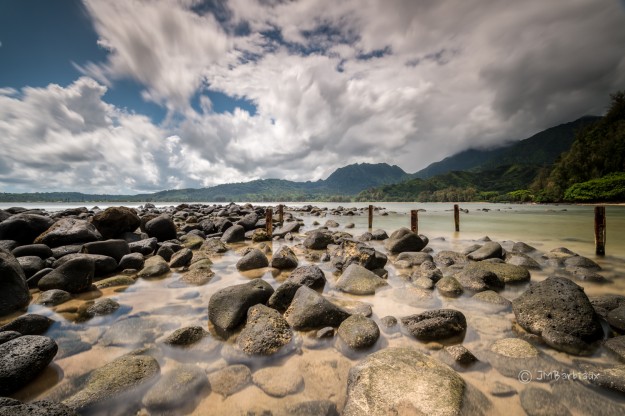
When you stack filters like I did, you need to shoot wider than you normally would. I shot the images above at 16mm because I knew I’d lose some of the border because of the severe vignette caused by the stacked filters (example below).
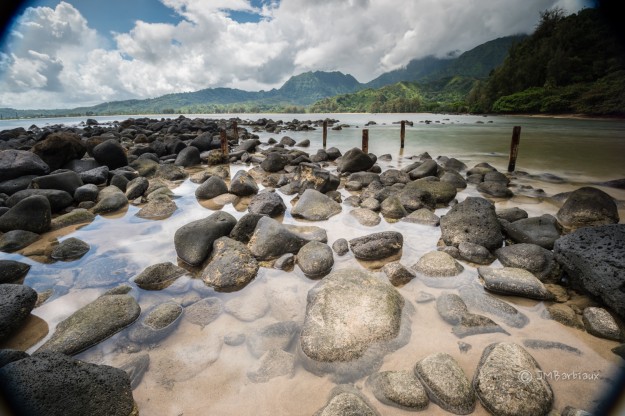 So the question is… Why aren’t you stacking filters?
So the question is… Why aren’t you stacking filters?
* Another way to avoid the vignette of stacked filters is to use slot filters. These are rectangle, glass filters that you can slide into slots on a holder that affixes to the front of your camera lens.
Quick Note On The Types Of Filters
If you aren’t familiar with lens filters like a circular polarized filter, neutral density filter, and a graduated neutral density filter I implore you to read up… Using filters like these are what separates professional photographers from perpetual hobbyists.
For more on the types of filters and what they are used for check out: The Camera Lens Filter Guide.
Screw On Versus Slot Filters
I was once berated by an internet troll for using screw on filters because he had it on good authority that ALL professionals used slot filters. You can see my dilemma… He wrote this on the internet and, as we all know, if it’s on the internet it’s true.
My only advice to you is use the right tool for the right moment. When I’m climbing down the side of a mountain (in flip flops) to get to a secluded beach with nothing but my camera and a tripod hanging off my shoulder I opt for a screw on filter in the off chance that I drop it or take a tumble (they are a little more sturdy than plates of glass). On the flip side, if the trail is less treacherous then slot filters make it into my bag. To each his or her own.
If you’d like to share your images you can do so by visiting the PhotolisticLife Flickr Group or the Facebook page. If you live in or visit the Pittsburgh area you can join me in a workshop where you’ll get plenty of one on one time with myself and other passionate photographers as well. For a schedule of upcoming workshops you can visit the “Workshops” link at the top of the page or click here.

